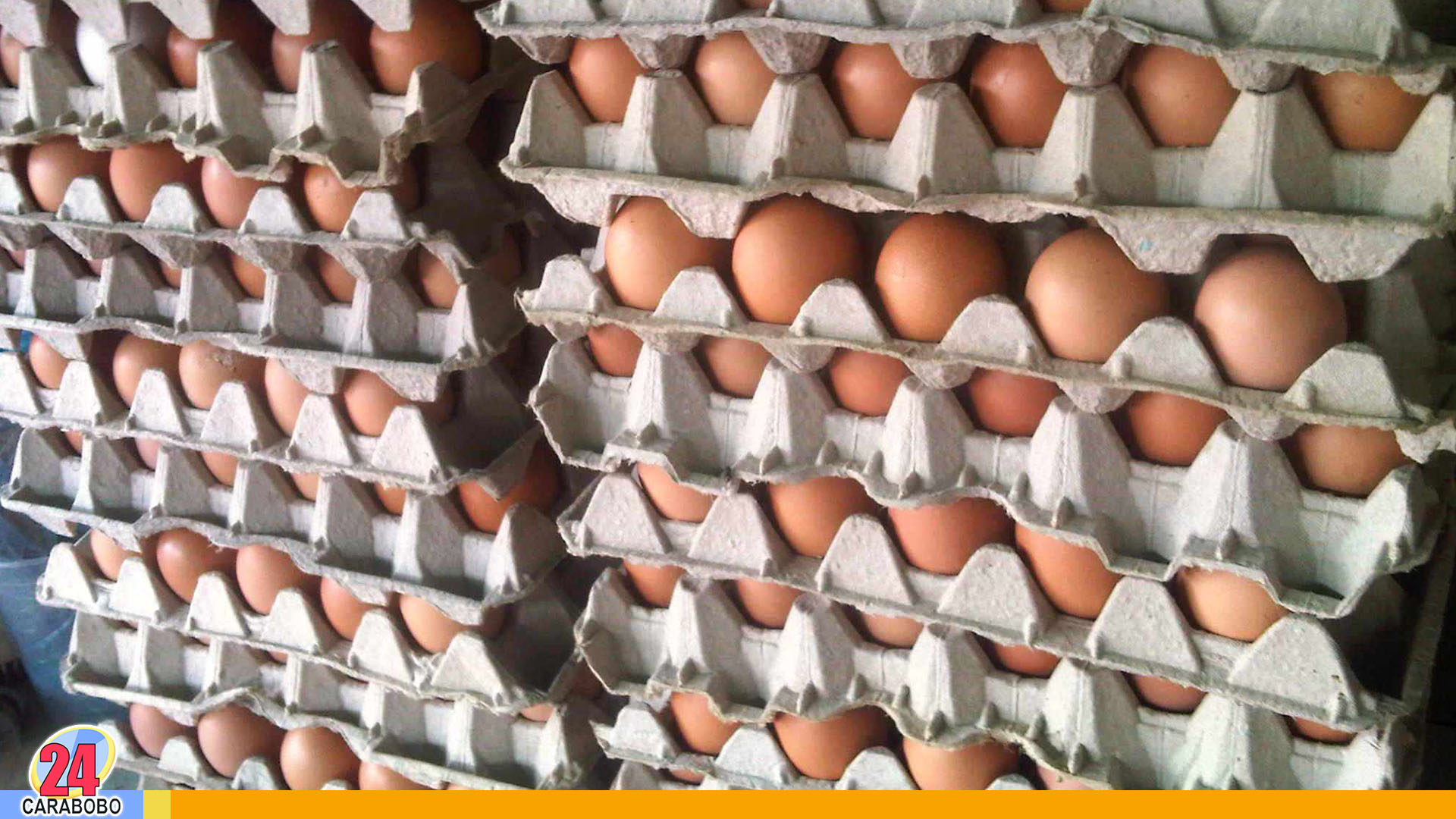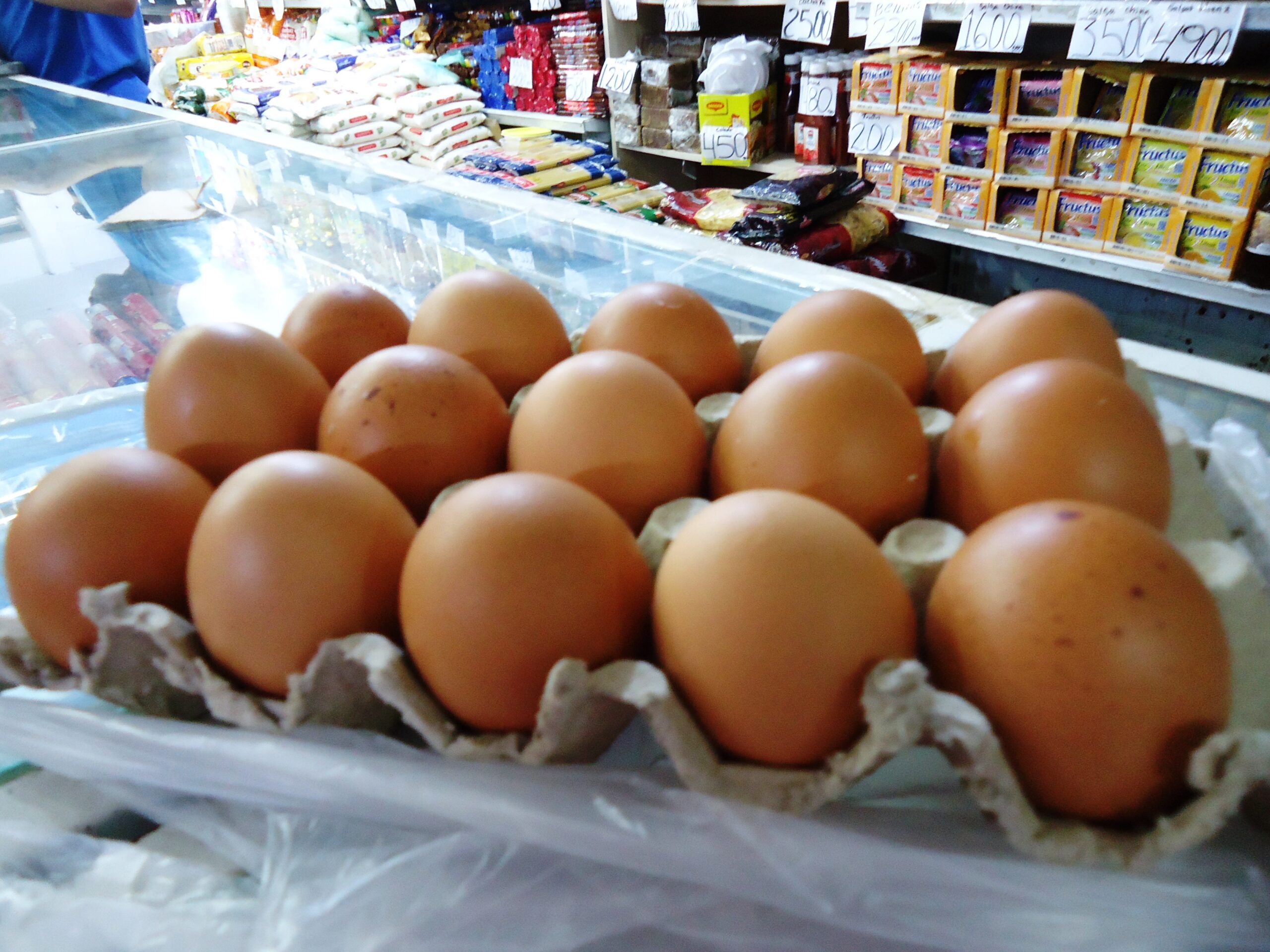Precio Del Carton X Kilo: Understanding Market Dynamics And Trends
The "precio del carton x kilo" is a crucial metric for industries relying on recycled materials, as it directly affects production costs and environmental sustainability. Understanding this price is essential for businesses that use cardboard as a raw material, such as packaging companies and recyclers. The price of cardboard fluctuates based on various factors including supply and demand, recycling rates, and global economic conditions. Cardboard is a ubiquitous material in our daily lives, utilized in packaging, shipping, and storage. Its demand has surged with the rise of e-commerce, leading to increased focus on its cost per kilo. For stakeholders in the recycling and manufacturing industries, staying informed about these price dynamics is vital for strategic planning and operational efficiency.
In this comprehensive article, we delve into the intricacies of the "precio del carton x kilo," exploring the factors influencing its fluctuations and examining its impact on the economy and environment. We will also discuss the role of technological advancements, international trade, and government policies in shaping the cardboard market. By the end of this article, you will gain a deeper understanding of how these elements interact to influence the price of cardboard per kilo, and what this means for businesses and consumers alike.
Moreover, we will provide practical insights into how companies can optimize their use of cardboard to improve cost-efficiency and sustainability. This article aims to equip you with the knowledge needed to navigate the complex landscape of cardboard pricing, making informed decisions to benefit your business and the planet. Let's explore the intriguing world of cardboard pricing and its broader implications.
- Exploring The Life And Legacy Of Rebecca Casiraghi
- Kate Tucci A Journey Through Culinary Arts And Family Legacy
- Ultimate Guide To Skymovies Mkv Everything You Need To Know
- Exploring The Cast Of Macgyver A Deep Dive Into The Characters And Their Impact
- Is Bill Hemmer Single Exploring His Relationship Status And More
Table of Contents
- What is Carton?
- Historical Overview of Carton Pricing
- Factors Affecting Precio del Carton x Kilo
- How is the Carton Price Determined?
- Impact of Supply and Demand
- Role of Recycling in Carton Pricing
- Global Economic Influences
- Technological Advancements
- Government Policies
- International Trade and Carton Price
- Environmental Impact of Carton Pricing
- Strategies for Businesses
- Future Trends in Carton Pricing
- How Can Consumers Benefit from Carton Pricing?
- Frequently Asked Questions
- Conclusion
What is Carton?
Carton, commonly referred to as cardboard, is a versatile material made from paper pulp. It is primarily used for creating packaging solutions due to its lightweight, durability, and recyclability. The term "carton" can encompass a variety of cardboard types, including corrugated fiberboard and paperboard, each serving specific packaging needs.
Types of Carton Materials
The two main types of carton materials are:
- Corrugated Fiberboard: Known for its strength, this type is often used for shipping boxes and heavy-duty packaging.
- Paperboard: Thinner and lighter, paperboard is suitable for packaging food items, cosmetics, and retail products.
Uses of Carton
Carton is used extensively in various sectors:
- Larry Linville Cause Of Death Understanding The Legacy Of A Beloved Actor
- Did Harris Faulkner Leave Fox The Latest Updates And Insights
- Jerrod Carmichaels Boyfriend A Deep Dive Into His Personal Life
- Kensley Pope Rising Star In The Entertainment Industry
- Darryl Hannah A Journey Through Film Activism And Personal Life
- Packaging: Essential for protecting products during transportation.
- Advertising: Used for creating displays and signage.
- Storage: Ideal for organizing goods in warehouses and homes.
Historical Overview of Carton Pricing
The pricing of carton has evolved significantly over the decades, influenced by changes in economic conditions, technological advancements, and environmental awareness. Initially, carton prices were primarily driven by the cost of raw materials and manufacturing processes.
Key Historical Events
Several key events have shaped carton pricing:
- Industrial Revolution: Mass production techniques reduced costs, making carton more affordable.
- Post-War Economic Boom: Increased consumer demand led to higher prices.
- Environmental Movements: Focus on recycling led to fluctuations in pricing.
Recent Trends
In recent years, the demand for sustainable packaging has increased, impacting carton prices. The rise of e-commerce has also played a significant role, as more businesses rely on cardboard for shipping goods.
Factors Affecting Precio del Carton x Kilo
The price of carton per kilo is influenced by a multitude of factors. Understanding these can help businesses and consumers make informed decisions.
Raw Material Costs
The cost of wood pulp, the primary raw material for carton, is a major determinant of its price. Fluctuations in pulp prices directly affect the cost of producing carton.
Manufacturing Costs
Energy, labor, and transportation costs all contribute to the overall manufacturing cost of carton. Changes in these expenses can lead to price adjustments.
How is the Carton Price Determined?
The price of carton is determined through a combination of market forces and production costs. Companies need to consider various elements to set competitive prices.
Market Analysis
Businesses analyze market trends and competitor pricing to set their prices. This involves understanding consumer demand and supply conditions.
Cost-Benefit Analysis
Companies perform cost-benefit analyses to determine the optimal price point. This involves assessing production costs against potential profit margins.
Impact of Supply and Demand
Supply and demand dynamics play a crucial role in determining the price of carton. When demand exceeds supply, prices tend to rise, and vice versa.
Seasonal Variations
Demand for carton often fluctuates seasonally, particularly during holidays and major sales events. This can lead to temporary price spikes.
Global Supply Chains
The interconnected nature of global supply chains means that disruptions can impact the availability and price of carton. Natural disasters, political instability, and trade disputes are potential disruptors.
Role of Recycling in Carton Pricing
Recycling plays a vital role in the carton industry, offering environmental benefits and influencing pricing structures.
Economic Advantages
Recycling reduces the need for new raw materials, lowering production costs and potentially leading to lower prices for consumers.
Environmental Impact
Recycling reduces waste and conserves natural resources, aligning with global sustainability goals. This can attract environmentally conscious consumers and affect pricing strategies.
Global Economic Influences
Global economic conditions have a significant impact on the price of carton, as they affect both supply and demand.
Currency Fluctuations
Exchange rates can influence the cost of importing and exporting carton, affecting its price in different markets.
Economic Growth
Periods of economic growth usually increase demand for carton as business activities expand, leading to potential price increases.
Technological Advancements
Advancements in technology have transformed the carton industry, enhancing production efficiency and influencing pricing.
Automation
The adoption of automated machinery has reduced labor costs and increased production speed, potentially lowering carton prices.
Innovation
Innovative materials and processes have led to the development of stronger, lighter, and more sustainable carton products, affecting their cost.
Government Policies
Government regulations and policies can significantly impact the carton industry, affecting both production and pricing.
Environmental Regulations
Policies promoting recycling and sustainable practices can lead to changes in production methods and costs, influencing prices.
Trade Policies
Tariffs and trade agreements can affect the cost of raw materials and finished products, impacting carton pricing.
International Trade and Carton Price
International trade plays a crucial role in the carton market, affecting supply chains and pricing dynamics.
Import and Export
The cost of importing and exporting carton impacts its price in different regions. Trade agreements and tariffs can influence these costs.
Global Competition
Competition from international manufacturers can lead to price adjustments, as companies strive to remain competitive in the global market.
Environmental Impact of Carton Pricing
The environmental implications of carton pricing extend beyond economic factors, influencing sustainability efforts worldwide.
Carbon Footprint
The production and transportation of carton contribute to carbon emissions. Efforts to reduce this footprint can impact pricing strategies.
Sustainable Practices
Emphasizing sustainable practices in production can attract eco-conscious consumers and potentially justify premium pricing.
Strategies for Businesses
Businesses can implement various strategies to navigate the complexities of carton pricing and enhance their competitive advantage.
Cost Reduction
Optimizing supply chains and adopting efficient production methods can help reduce costs and maintain competitive pricing.
Value Addition
Offering value-added services, such as customization and eco-friendly options, can differentiate products and justify higher prices.
Future Trends in Carton Pricing
The future of carton pricing is shaped by technological innovations, environmental considerations, and evolving consumer preferences.
Smart Packaging
The integration of technology in packaging, such as RFID tags and sensors, is expected to influence carton pricing and demand.
Eco-Friendly Innovations
The development of biodegradable and recyclable materials is likely to impact pricing as consumers increasingly prioritize sustainability.
How Can Consumers Benefit from Carton Pricing?
Consumers can benefit from understanding carton pricing by making informed purchasing decisions and supporting sustainable practices.
Cost Savings
By choosing cost-effective packaging solutions, consumers can save money while still receiving high-quality products.
Environmental Impact
Supporting companies that prioritize sustainable packaging can contribute to environmental conservation efforts.
Frequently Asked Questions
1. What affects the "precio del carton x kilo" the most?
The price is primarily influenced by raw material costs, supply and demand, and global economic conditions.
2. How does recycling impact carton prices?
Recycling can reduce production costs by minimizing the need for new raw materials, potentially lowering prices.
3. What role do government policies play in carton pricing?
Government regulations on recycling and trade can significantly influence production costs and pricing strategies.
4. How does international trade affect carton prices?
Trade agreements and tariffs impact the cost of importing and exporting carton, influencing regional price variations.
5. What are the environmental benefits of recycling carton?
Recycling reduces waste and conserves natural resources, contributing to environmental sustainability.
6. How can businesses reduce carton costs?
Businesses can reduce costs by optimizing supply chains, adopting efficient production methods, and offering value-added services.
Conclusion
The "precio del carton x kilo" is determined by a complex interplay of factors, including raw material costs, supply and demand dynamics, recycling practices, and global economic conditions. By understanding these influences, businesses and consumers can make informed decisions that benefit both their bottom line and the environment. As the carton industry continues to evolve, staying abreast of trends and innovations will be key to navigating future pricing challenges and opportunities.
- Maximize Your Earnings With Money6xcom Your Guide To Online Income
- Charlotte Butker The Rising Star In Sports And Media
- Kaitlan Collins And Will Douglas A Deep Dive Into Their Relationship
- Philippa Northeast A Journey Through Her Life And Career
- Zach Bryan And His Political Party An Indepth Analysis

Precio del cartón de huevos en Valencia quedó en 3.600.000

Precio del cartón de huevos superó el costo de un kilo de carne de res